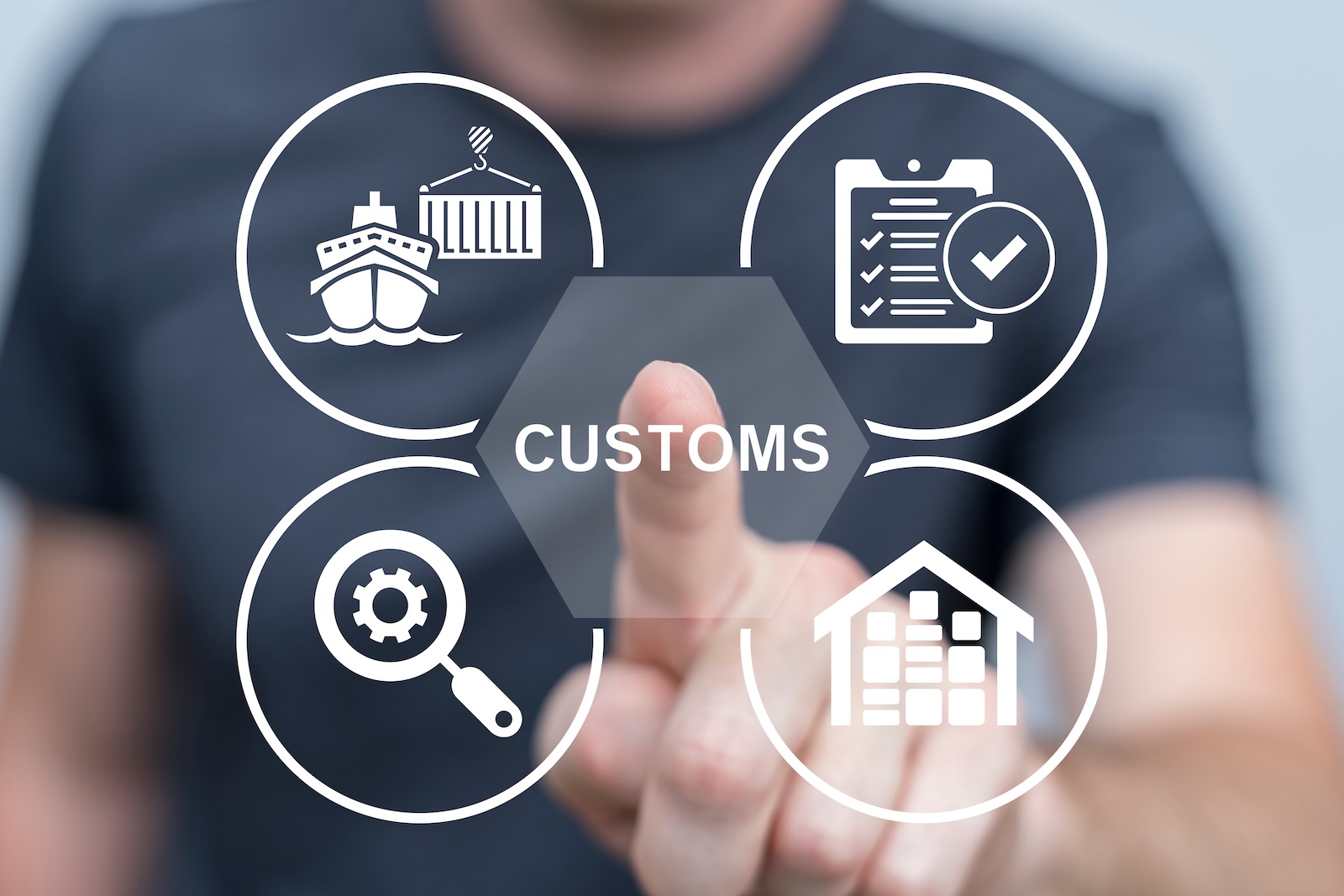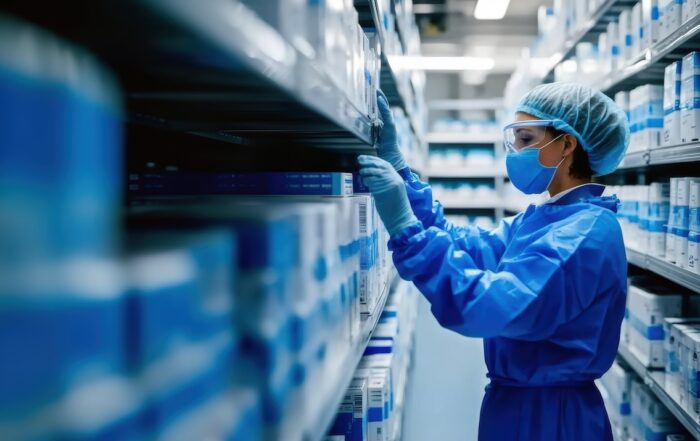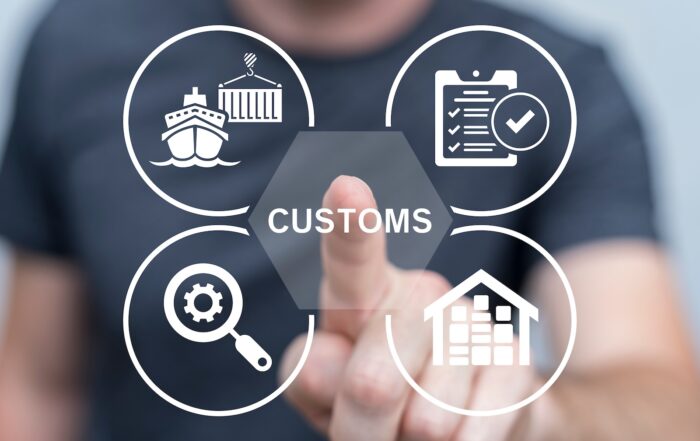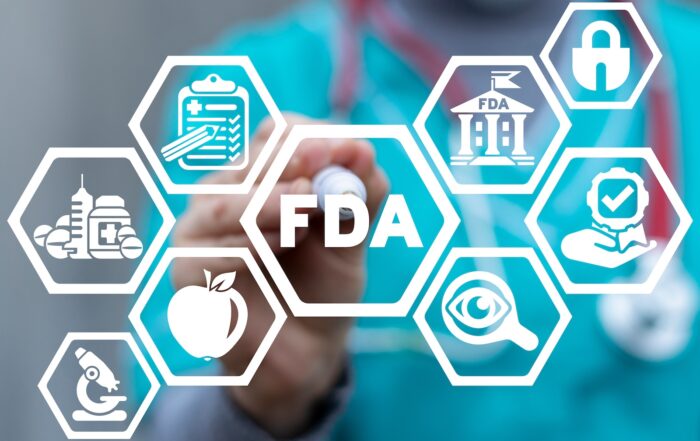Medical Device Importation 102: US Customs

In our last blog, we covered the first major hurdle medical device companies face when bringing their products to the US market — Food and Drug Administration (FDA) approval and compliance. But this is just the first step in successful and legal importation. The next step is getting clearance from the U.S. Customs and Border Protection (CBP).
As Founder and CEO of Preferred Depot, the premier white label operations management and consulting company in the US, I have assisted in helping some of the largest medical and health technology companies achieve smooth and seamless medical device importation.
So, to help you learn the ins and outs of navigating entry at the US border, let’s explore the essentials for customs clearance — from pre-entry to seamless delivery.
Entry Information
In order to enter the US, your devices must be accompanied by the required entry information including:
- Origin country
- Importation product code ((FDA panel code and FDA product code)
- Importer product description
- Declared manufacturer, importer, and shipper information
- Affirmations of compliance codes (A of C codes)
- Harmonized Tariff Schedule (HTS) code
- Detailed product description
Documentation and Inventory
Before importation, be sure to have all of the necessary documentation properly prepared. This includes:
- Customs entry documents
- FDA registration numbers and device listings
- Premarket submission documentation: 510(k) or PMA numbers (if applicable) or De Novo classification request number
- Quality system documentation
- Labeling and packaging information (including Unique Device Identifier)
- Reporting documentation
- An itemized list of the contents being imported
- A detailed invoice from the supplier containing a description, the quantity, the unit price, and the total value
- Import documentation
- A shipping document issued by the carrier (bill of lading/air waybill) with the shipment’s journey and receipt
- Form 7501 — an entry summary form used to document import transactions
- A customs bond that financially guarantees that import duties and taxes will be paid
- An entry declaration statement from the importer confirming the items and compliance
- U.S. Agent Letter of Appointment
- Country of origin certificate
- Certificates and approvals
- Certificate of Conformity to declare compliance with relevant US regulations
- Technical documentation about the device’s design, functionality, and performance.
- Import license (if applicable)
- And any other relevant documents
Entry and Inspection
Companies importing medical devices must submit some or all of the entry documentation discussed above. The FDA and CBP may also inspect shipments to ensure regulatory compliance. Failure to meet these requirements can open medical device companies up to serious risks including import compliance and enforcement action at point of entry. These can include:
- Examining the product and collecting samples
- Detaining products with or without a physical examination
- Demanding the redelivery of the product to CBP custody
- Refusal — which gives importers 90 days to export or destroy the products
- Penalty or liquidated damages for failure to redeliver, export, or destroy items properly
Duties and HTS Codes
Medical devices imported into the US will have duties. The payment owed can vary based on the country of origin where the finished product was manufactured as well as the device’s Harmonized Tariff Schedule (HTS) code. The HTS code is a 10-digit classification system to determine the duty rate and stats on imported goods. Many devices may have multiple codes based on product features, materials, size, or other factors.
Customs Brokers
While you can attempt to handle this process on your own, CBP recommends working with a licensed customs broker. This is a great way to mitigate risks, speed up the process, and maximize your company’s chances of easy importation. These brokers act as an intermediary between your company and US CBP — taking care of paperwork, payments, and regulatory compliance concerns.
Operations Management
Although working with a licensed customs broker can be extremely helpful, it only scratches the surface when it comes to assistance when launching or growing in the US market. For companies that are not interested in taking risks, wasting time, or losing money – the best way to ensure seamless compliance, importation, and success in the US is by working with an experienced operations management and consulting company.
At Preferred Depot, we have assisted some of leading companies in medtech with not only achieving flawless importation, but also unbridled success in the US market. Our white label solution and painstakingly perfected formula for seamless operations (OoT) has been instrumental for these organizations — and could be for yours too. To learn more about Preferred Depot, visit us at preferreddepot.com.
YOU MAY ALSO LIKE

US Headquarters
2492 Walnut Avenue,
Suite 120, Tustin, CA 92780
info@preferreddepot.com
1-844-770-2727
Warehouse and Labs
14331 Chambers Rd.
Tustin, CA 92780
info@preferreddepot.com
1-844-770-2727


